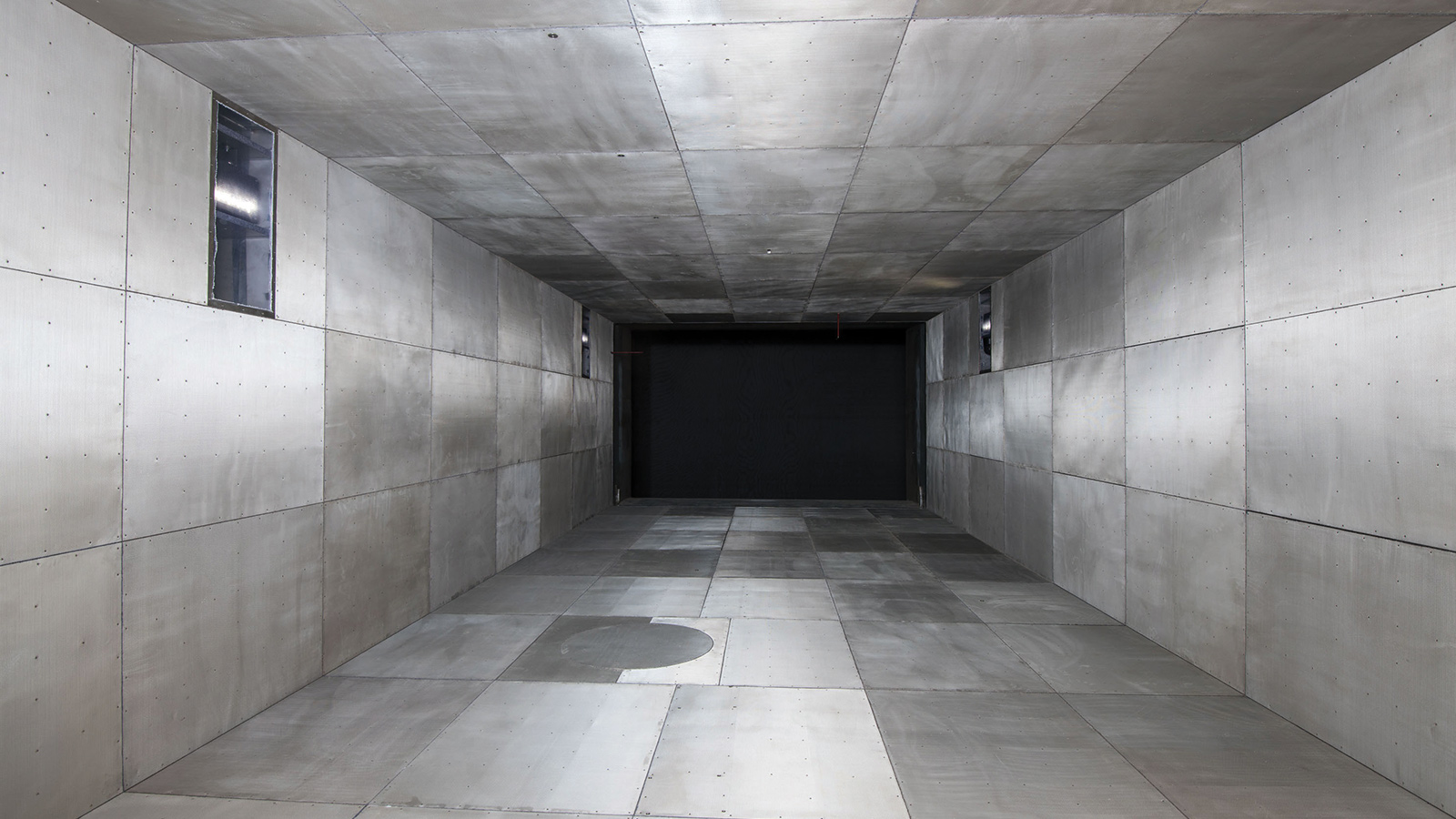Stay Up to Date
Submit your email address to receive the latest industry and Aerospace America news.
The Ground Testing Technical Committee focuses on evaluating aircraft, launch vehicles, spacecraft, structures and engines in wind tunnels and other facilities.
The ground test community saw significant facility investments and improvements in 2019, building on efforts begun in previous years, and produced an impressive array of critical test data.
NASA began final verification in September on its largest investment in aeronautics research in several years — the acoustic improvements to the 9-by-15-foot Wind Tunnel facility at NASA’s Glenn Research Center in Cleveland. Final commissioning was expected to occur in December. It will cap nearly two years of work to retrofit existing portions of the wind tunnel circuit and replace the flow liner material in the test section in order to reduce background noise by up to 9.3 decibels. This dramatic improvement in noise attenuation will permit more accurate test and evaluation of newer and quieter turbofan propulsion systems, ensuring the facility remains viable and retains its status as a premier acoustics research asset for propulsion systems for decades to come. Customer testing was scheduled to resume in December, following the final commissioning.
Meanwhile, a team from the U.S. Air Force’s Arnold Engineering Development Complex continued to make progress toward restoring full test capabilities at the National Full-Scale Aerodynamics Complex at Moffett Field, California, while also executing several test programs in the facility’s 40-by-80-foot Wind Tunnel in 2019. The complex suffered a Class A mishap in June 2017 that destroyed all blades on one of its six fan motors. The team continued efforts throughout 2019 to repair and retrofit the 80-by-120-foot Wind Tunnel — the largest wind tunnel in the world — with the intent of restoring the test capability by early 2020. Efforts are also ongoing to design, procure and install a complete new set of fan blades on all six drive motors. This will restore the facility test capability to levels from before the 2017 mishap and drastically extend the service life of the drive system.
Facility improvement projects proceeded internationally as well. Throughout 2019, JAXA, the Japan Aerospace Exploration Agency, continued to improve the performance of its new bird-strike test apparatus at Chofu and to work toward formal commissioning in 2020. The structure was installed in March 2018 and uses precisely calibrated gelatin balls of specified density to simulate bird strikes. It boasts a test speed range of 50 to 400 meters per second (112-895 mph). JAXA also spearheaded efforts to advance wind tunnel wall interference correction capabilities by expanding existing 3D wall panel method codes to incorporate the unique boundary characteristics of Kevlar wall tunnels. Initial results showed excellent agreement, and the method stands to provide significant insight to future test customers across a broad array of facilities.
Back in the United States, NASA saw significant test achievements, particularly in programs at NASA’s Langley Research Center in Virginia and NASA’s Ames Research Center in California. Teams at Langley completed extensive testing related to NASA’s Space Launch System. This testing, completed in June, included deployment of a novel laser-based flow visualization technique in the Langley Unitary Plan Wind Tunnel as well as low-speed lift-off and transition testing in the 14-by-22-foot Wind Tunnel. NASA also ran several tests at Langley, Glenn and Ames from March to September that involved iterations of NASA’s Common Research Model, studying high lift, laminar flow and acoustic characteristics.
Contributor: David Stark
Related Posts
Stay Up to Date
Submit your email address to receive the latest industry and Aerospace America news.




